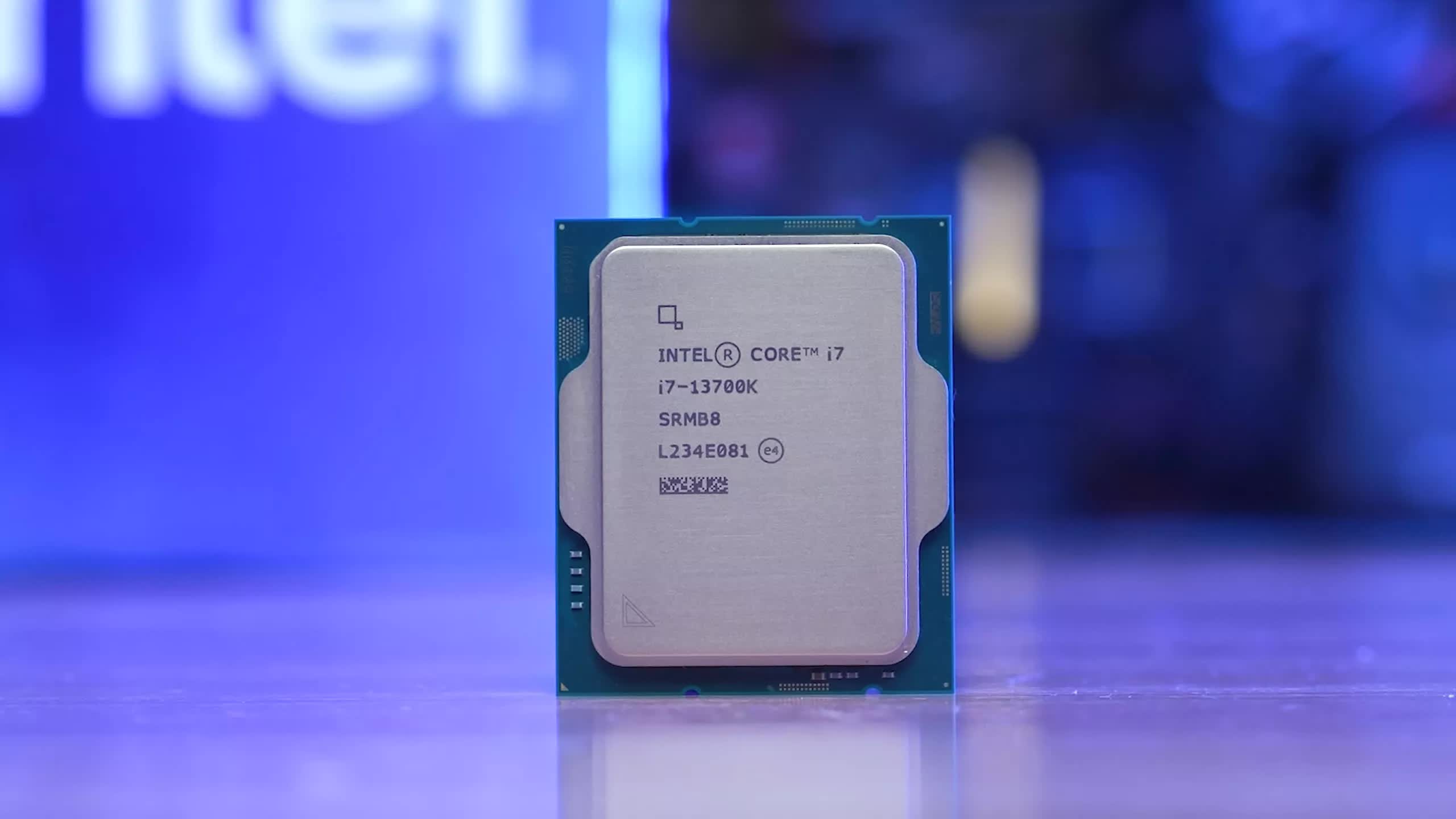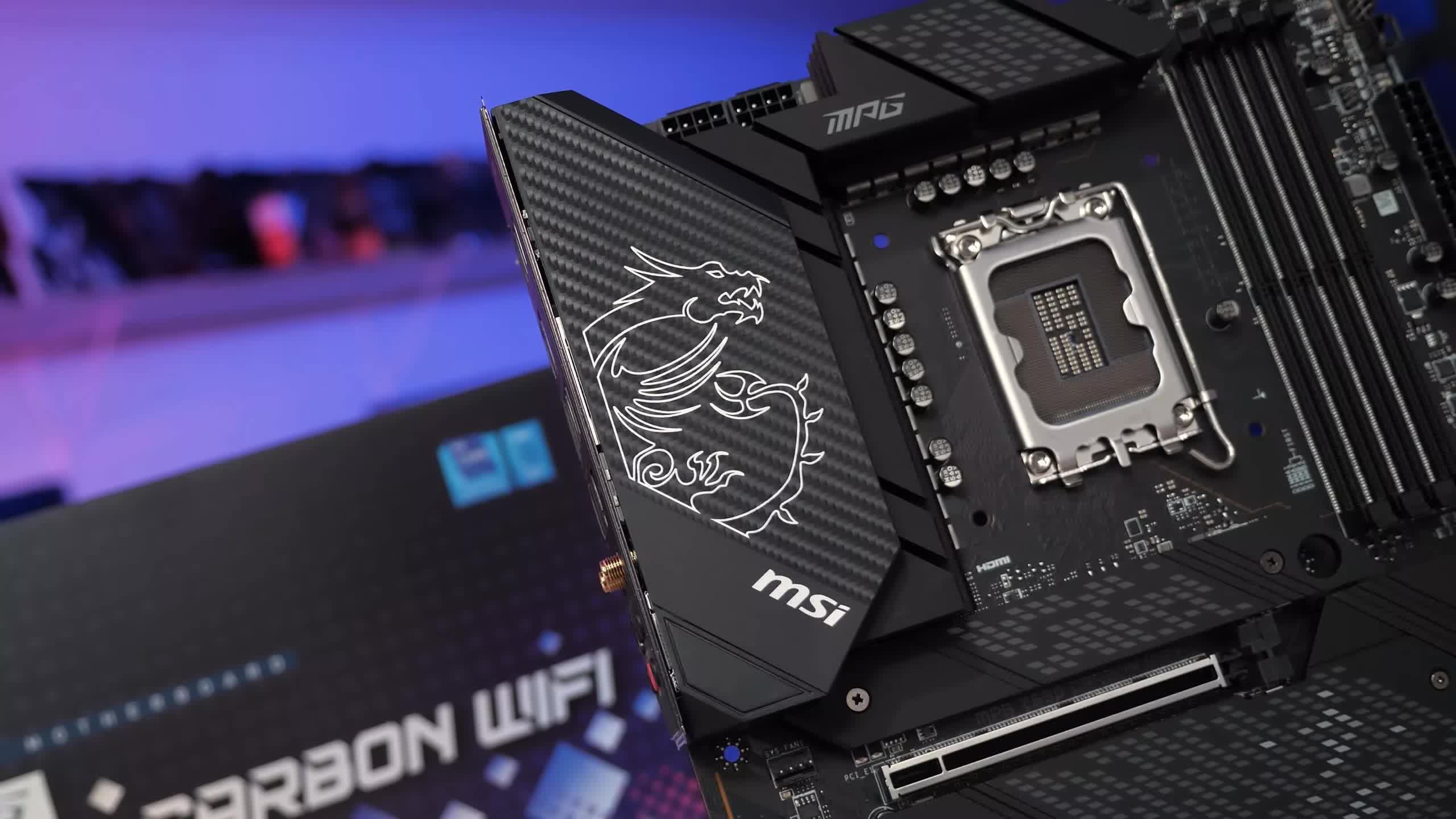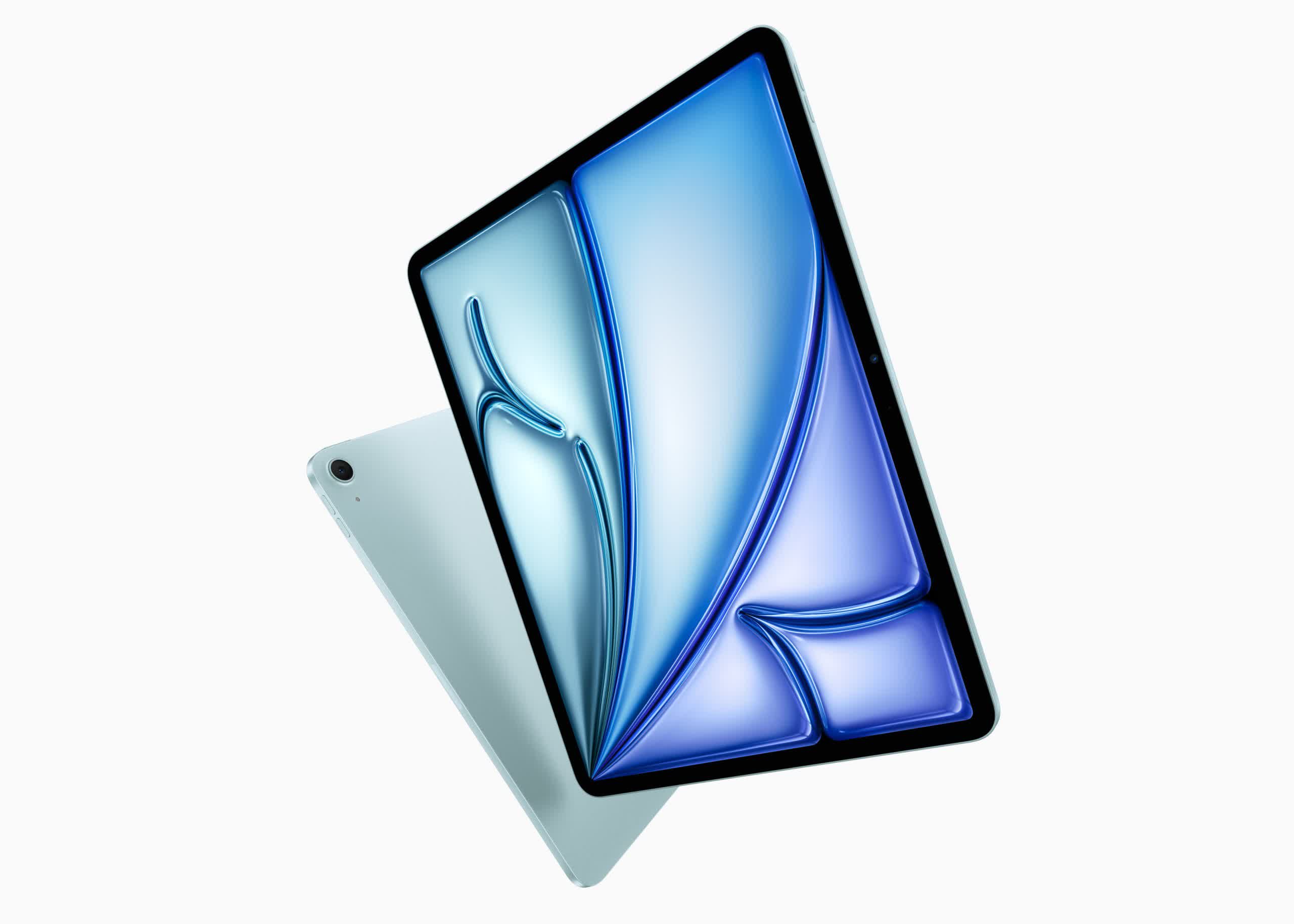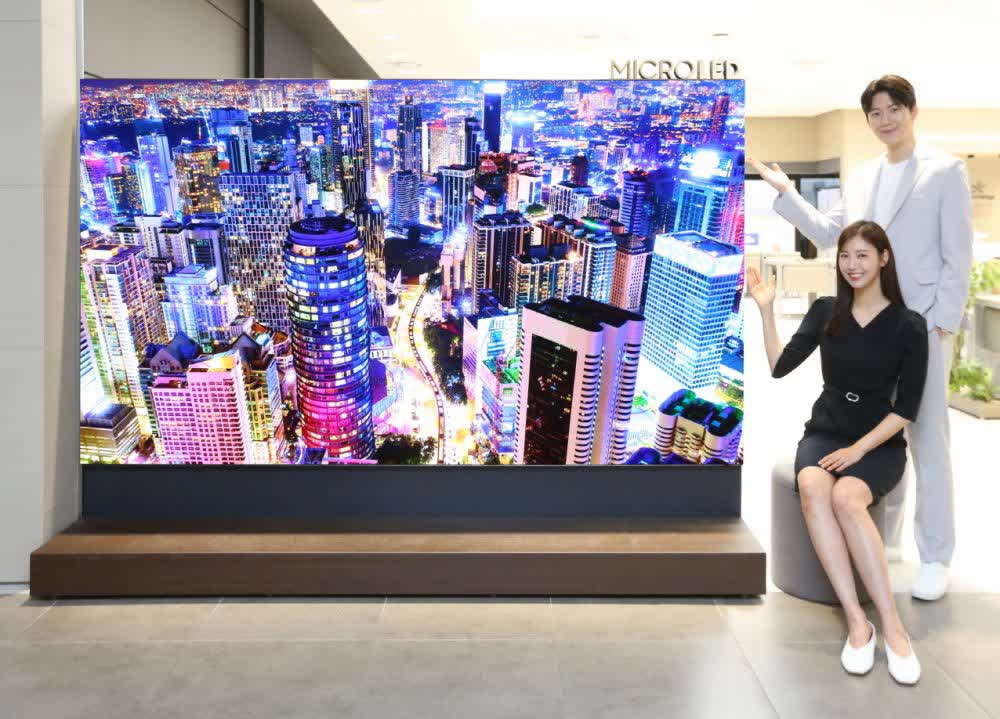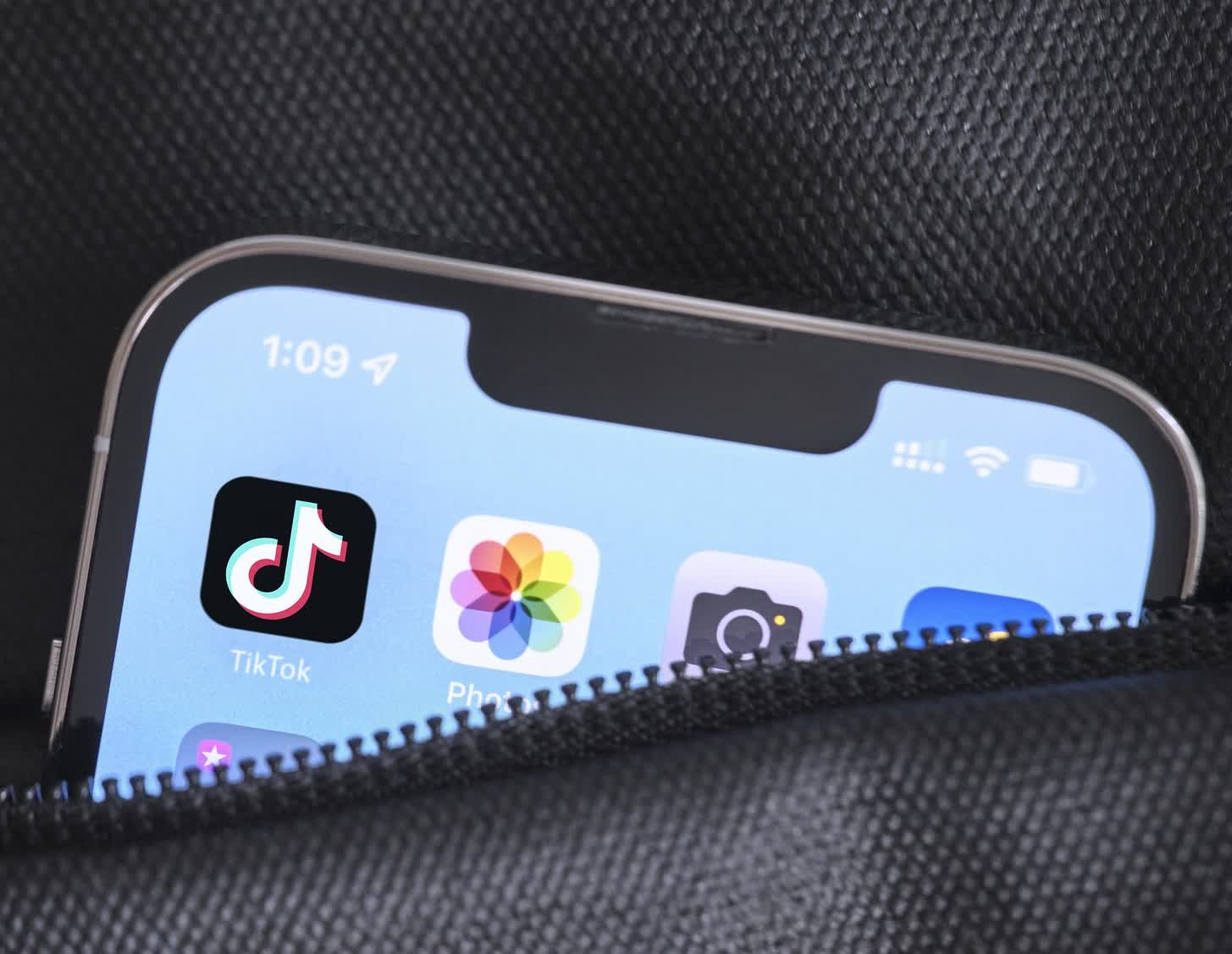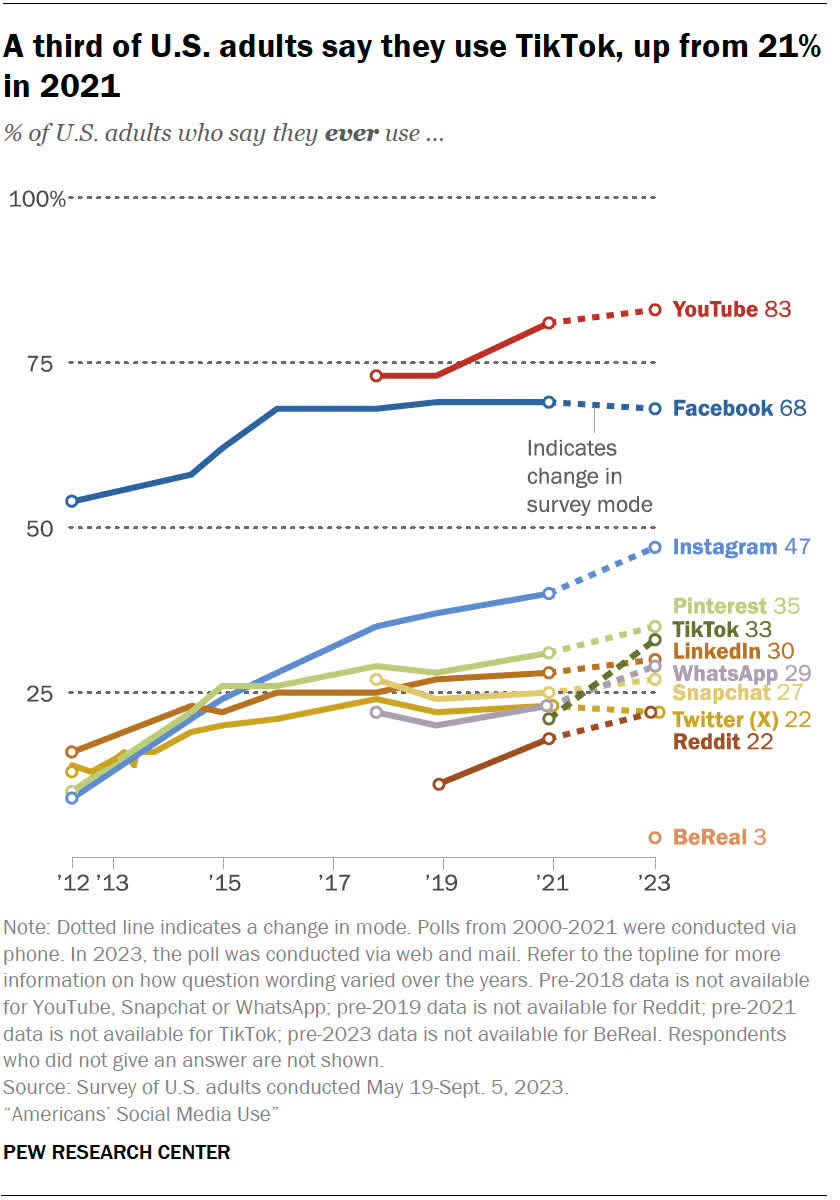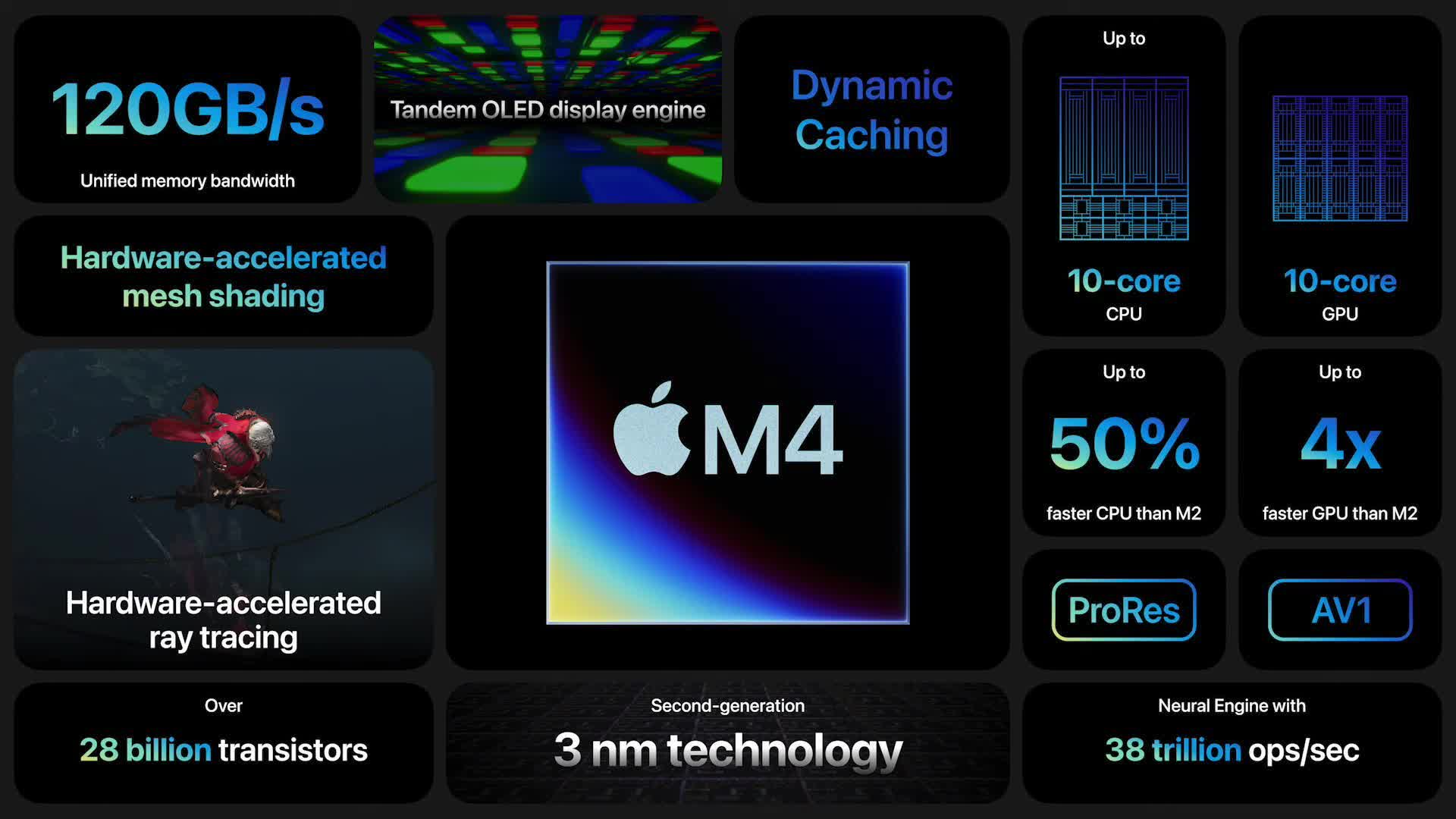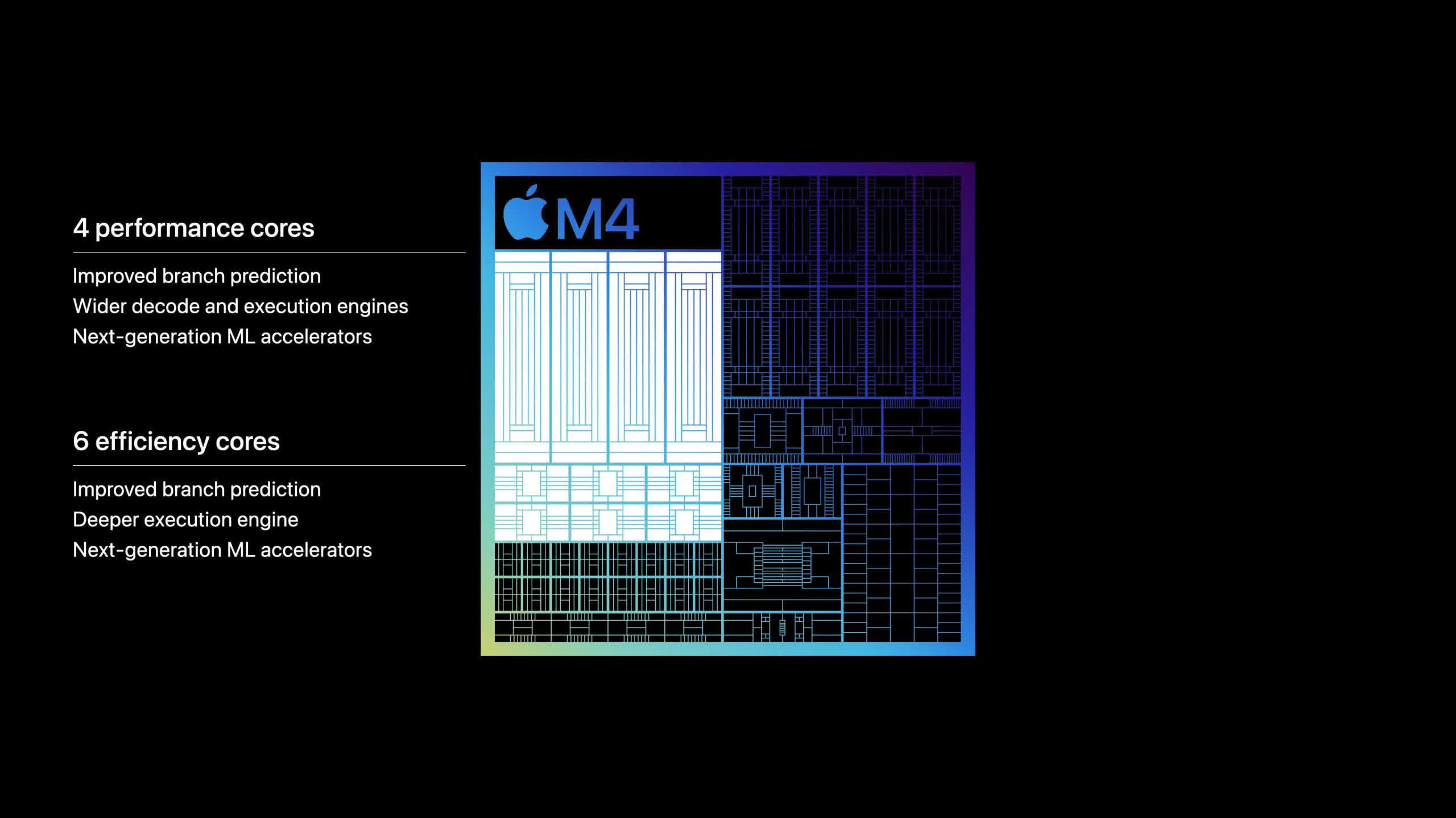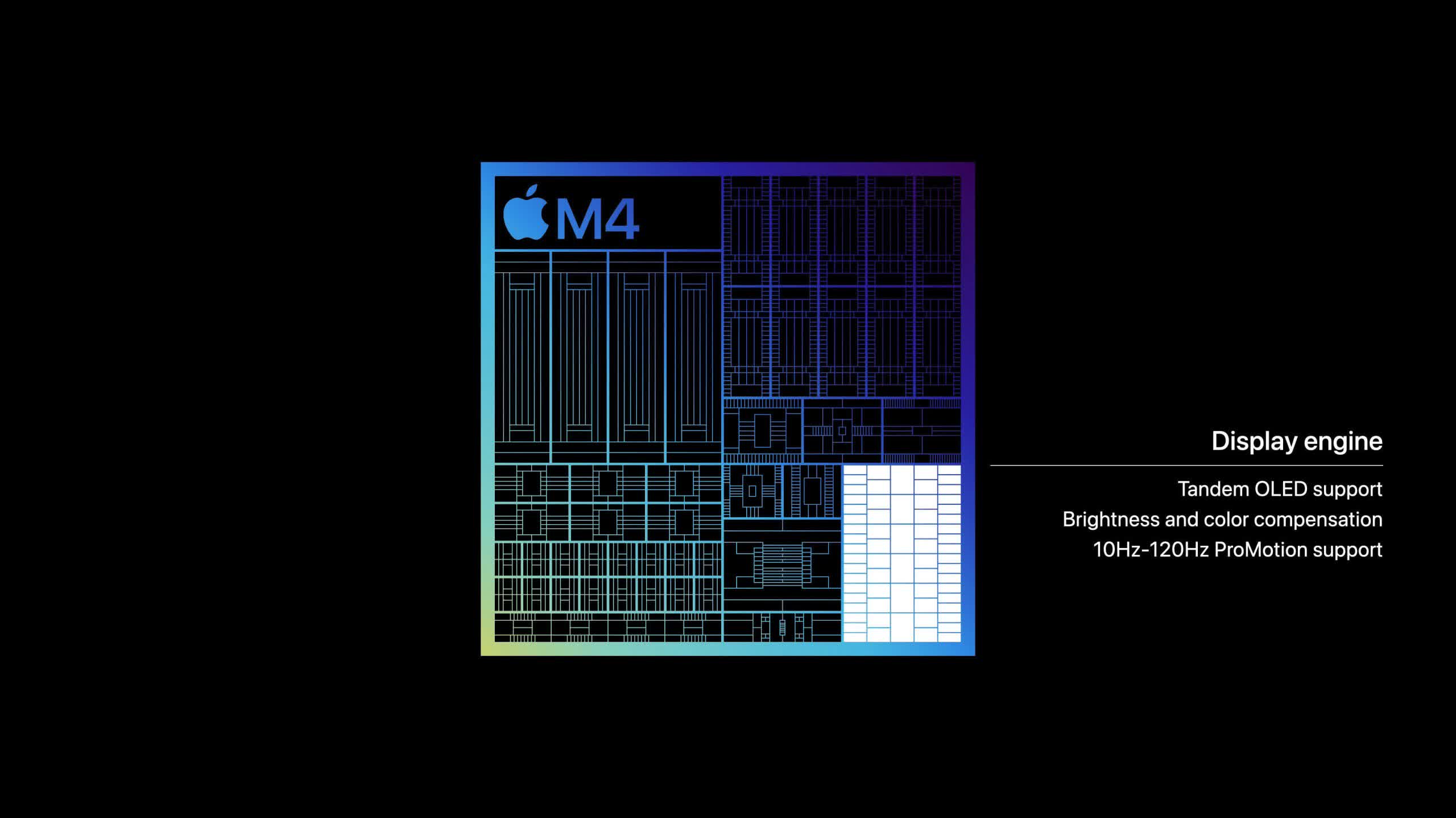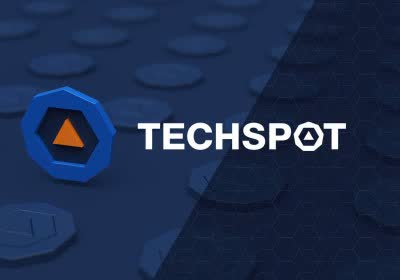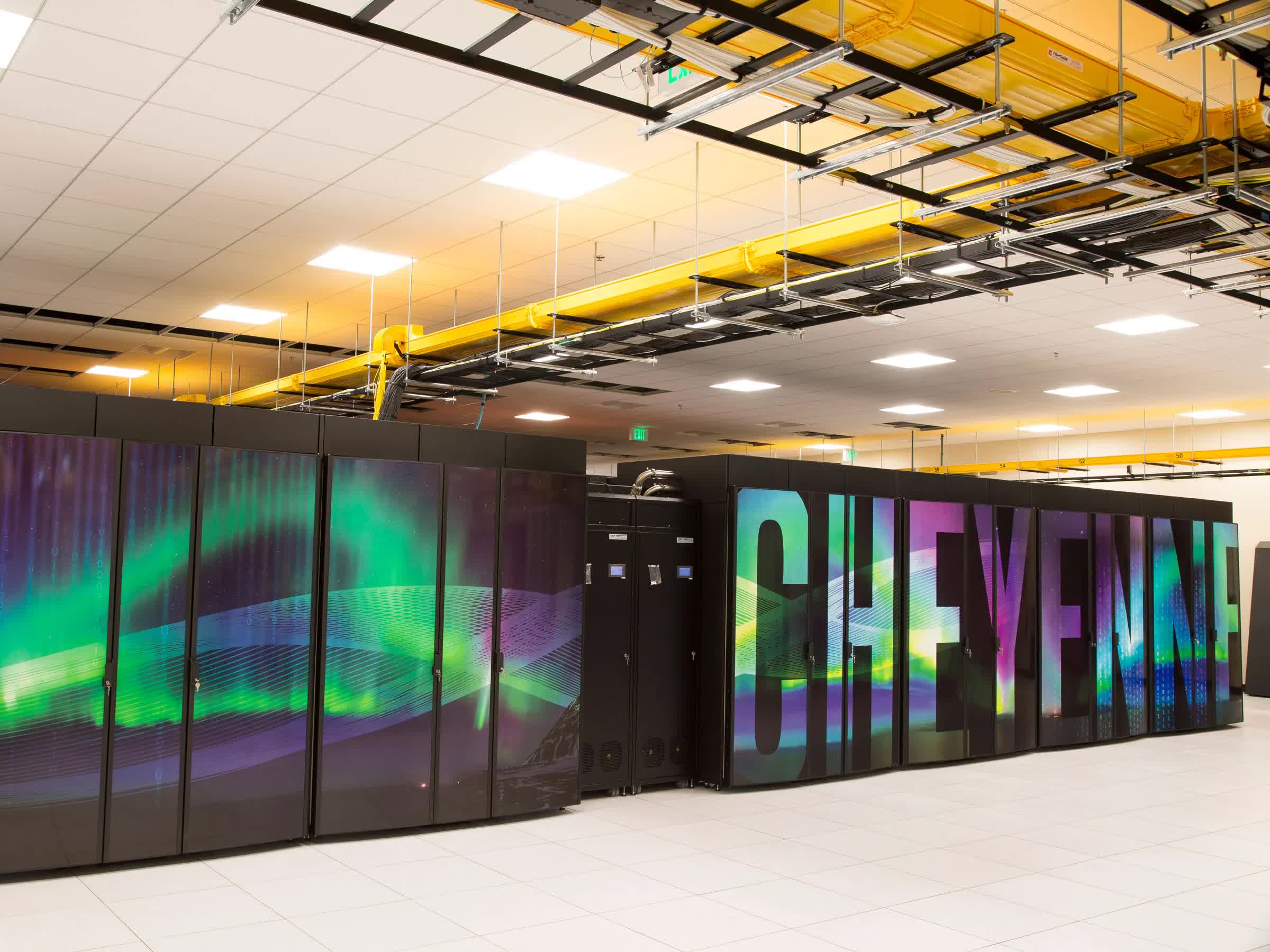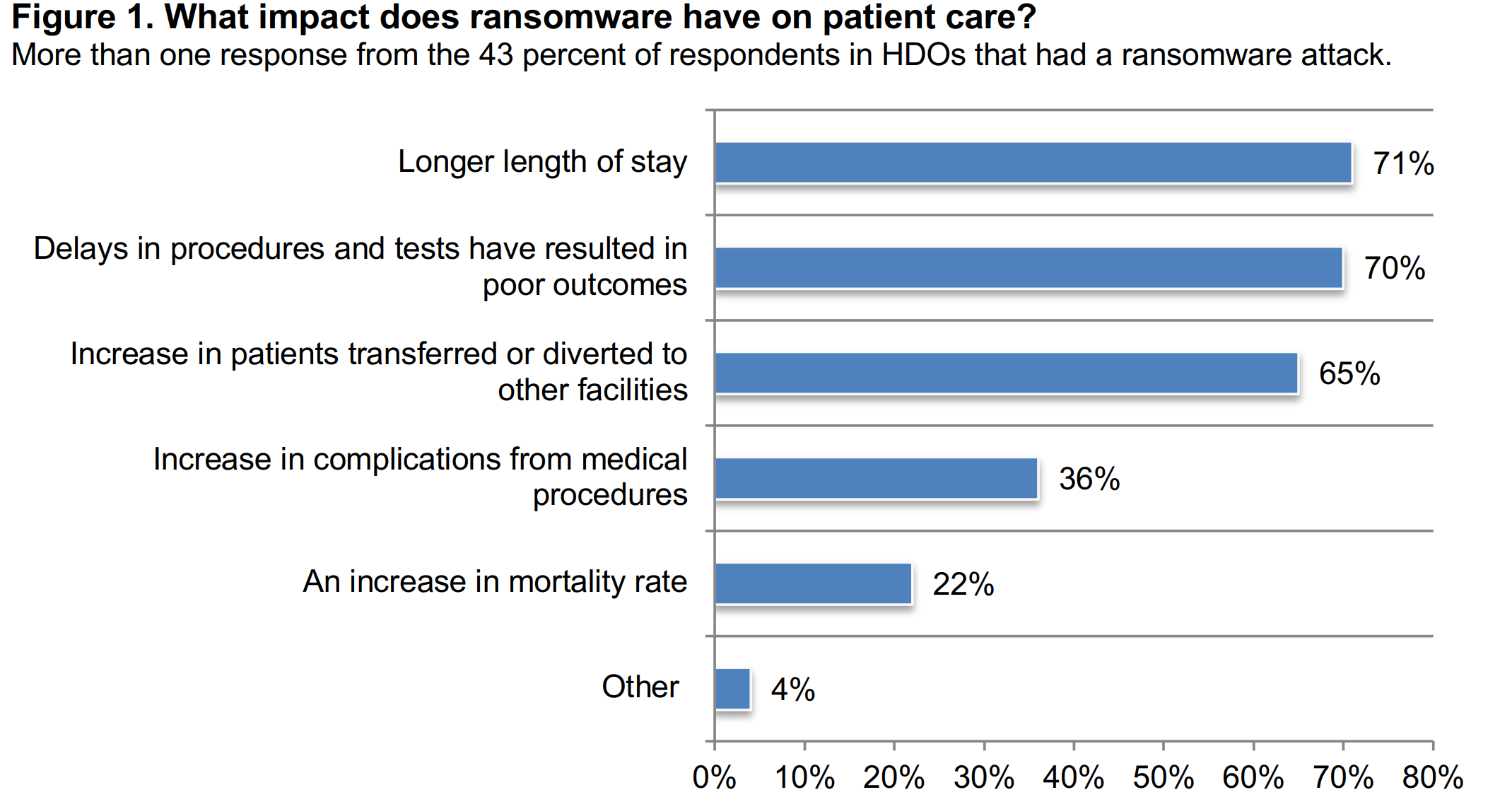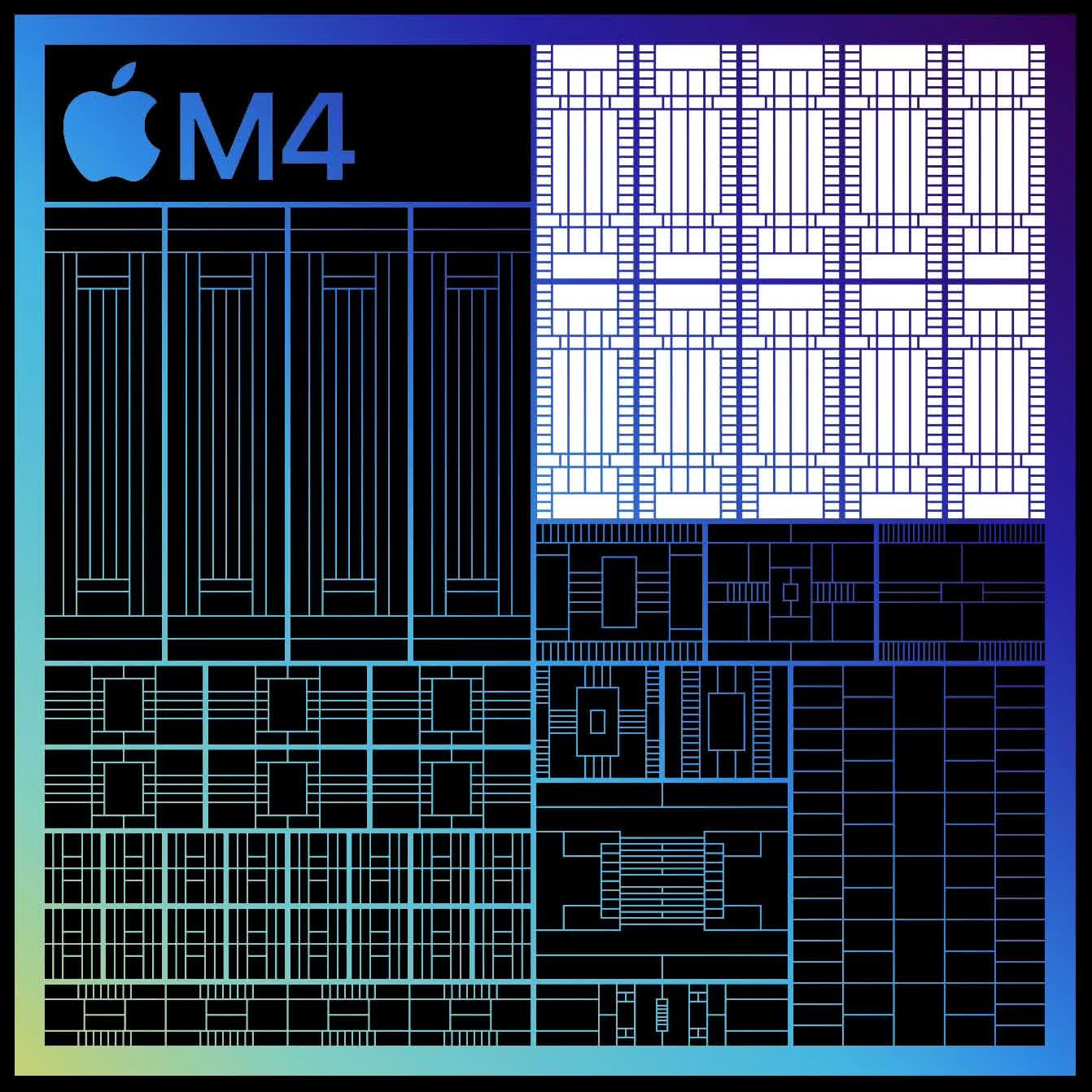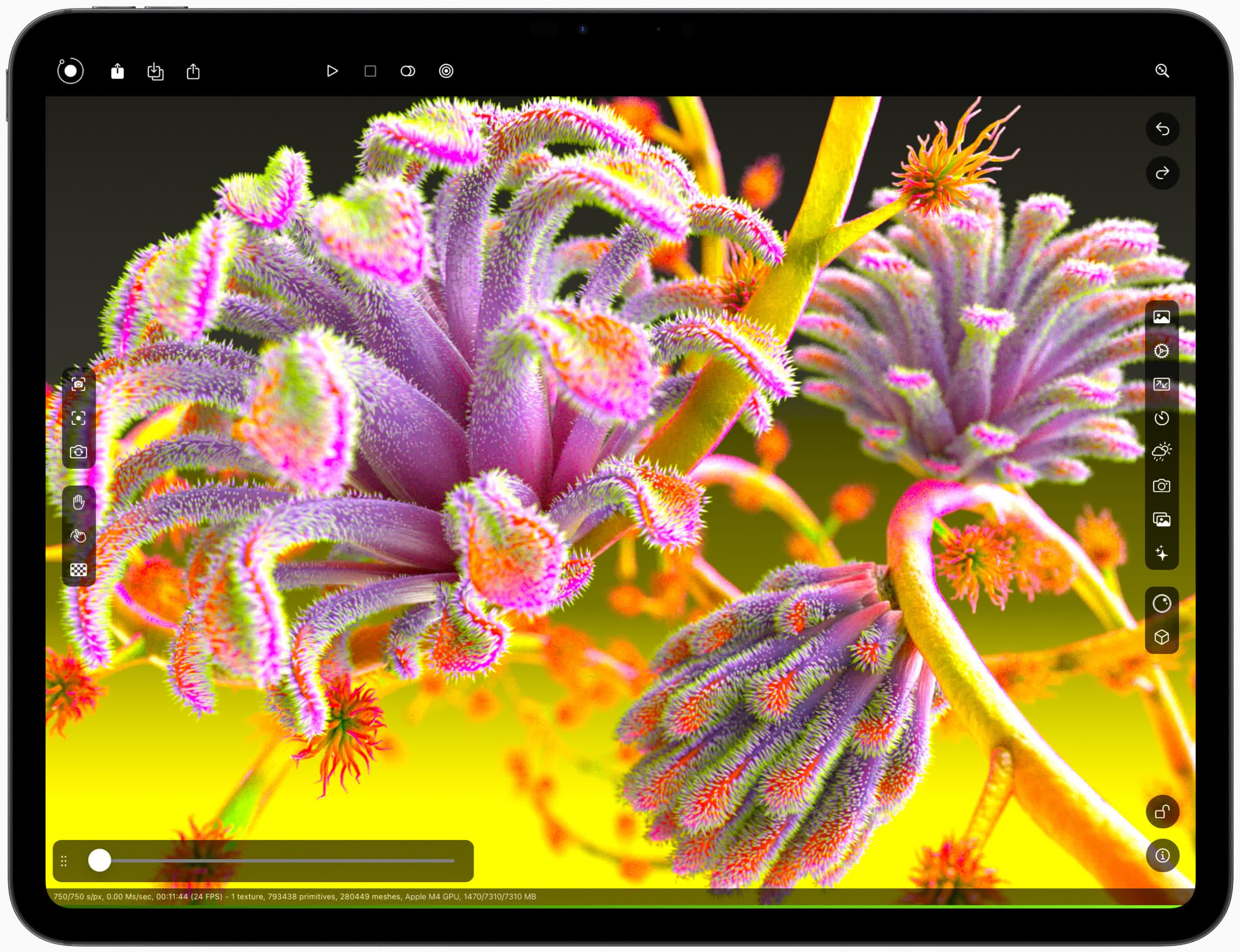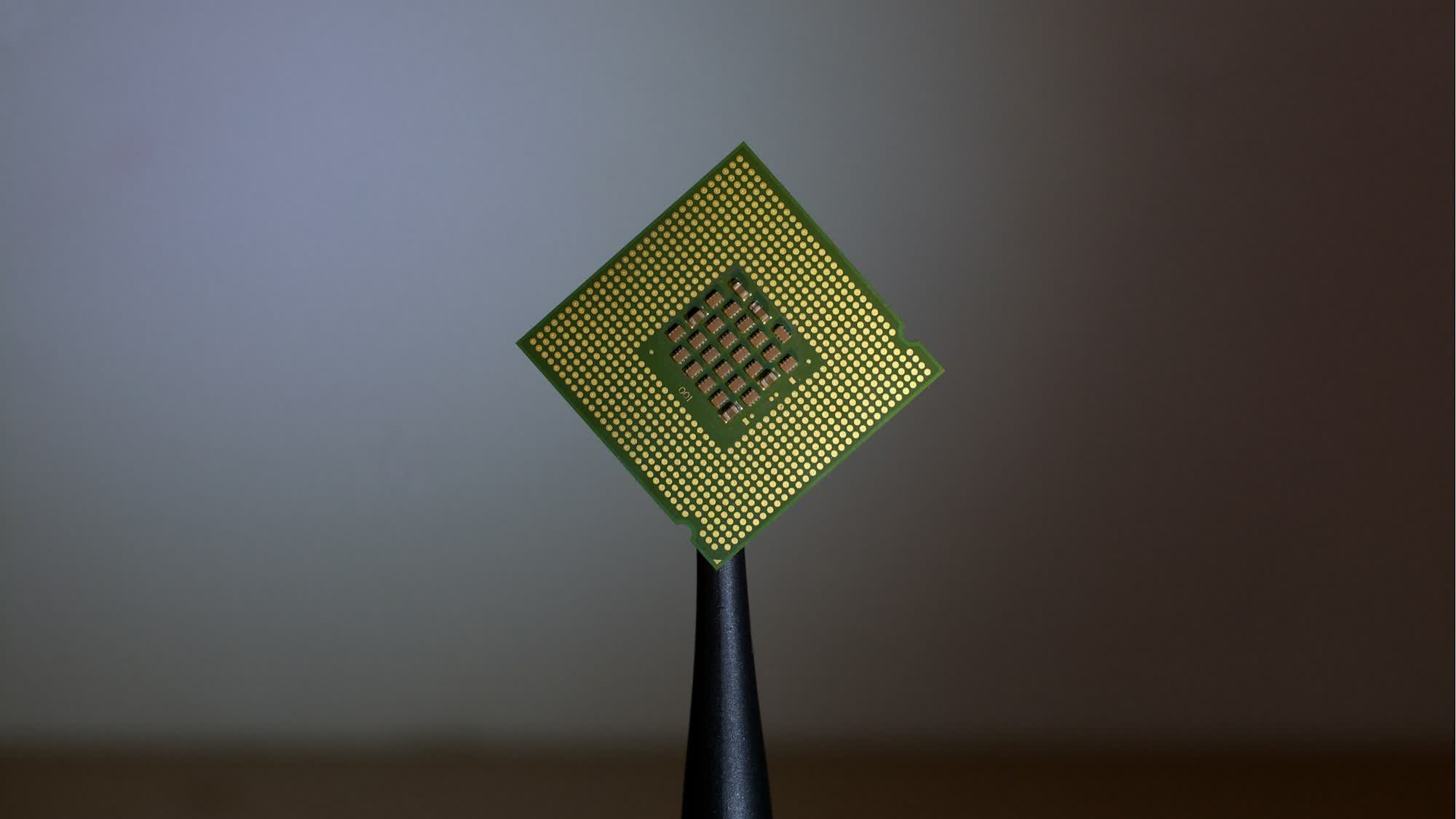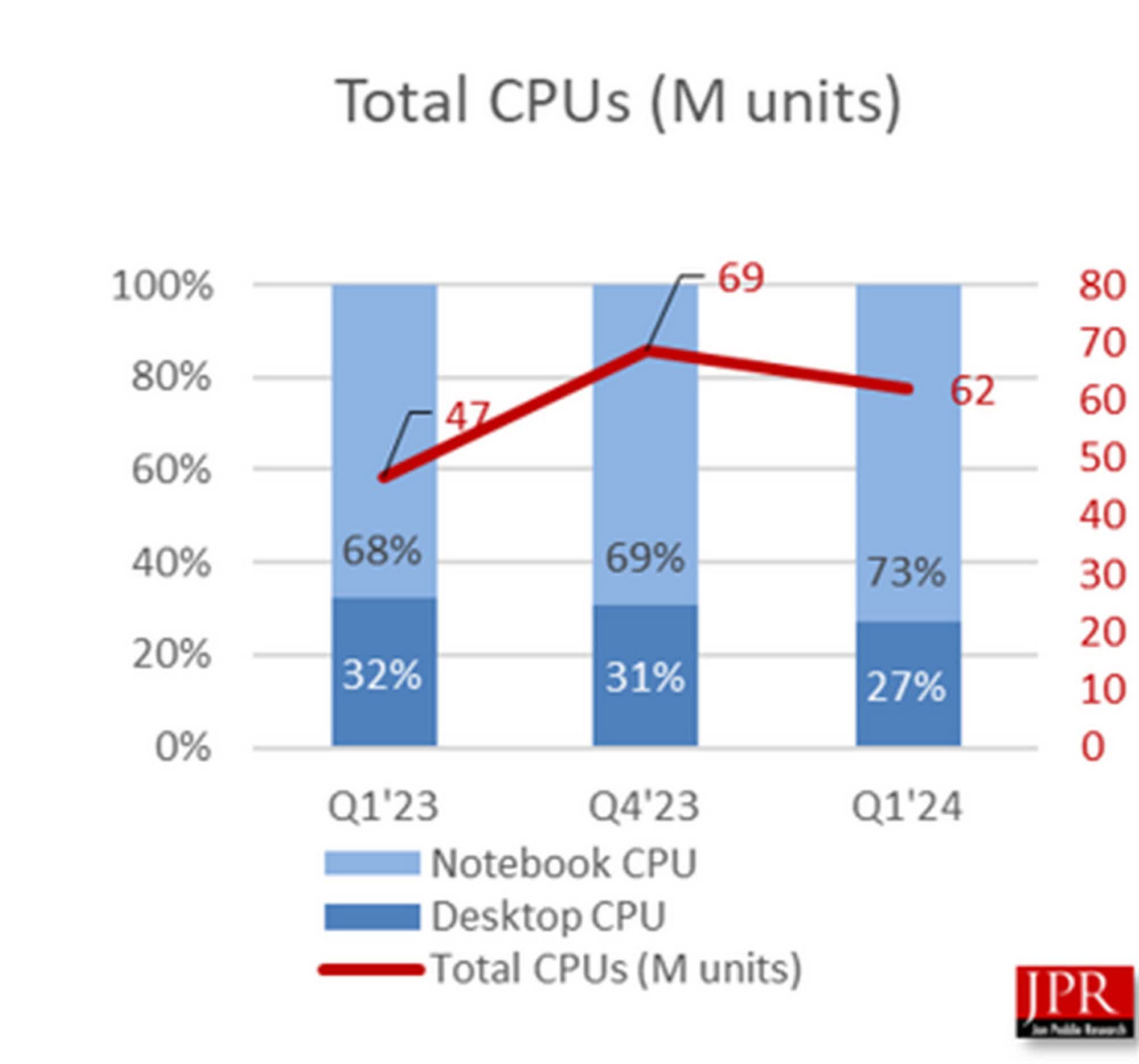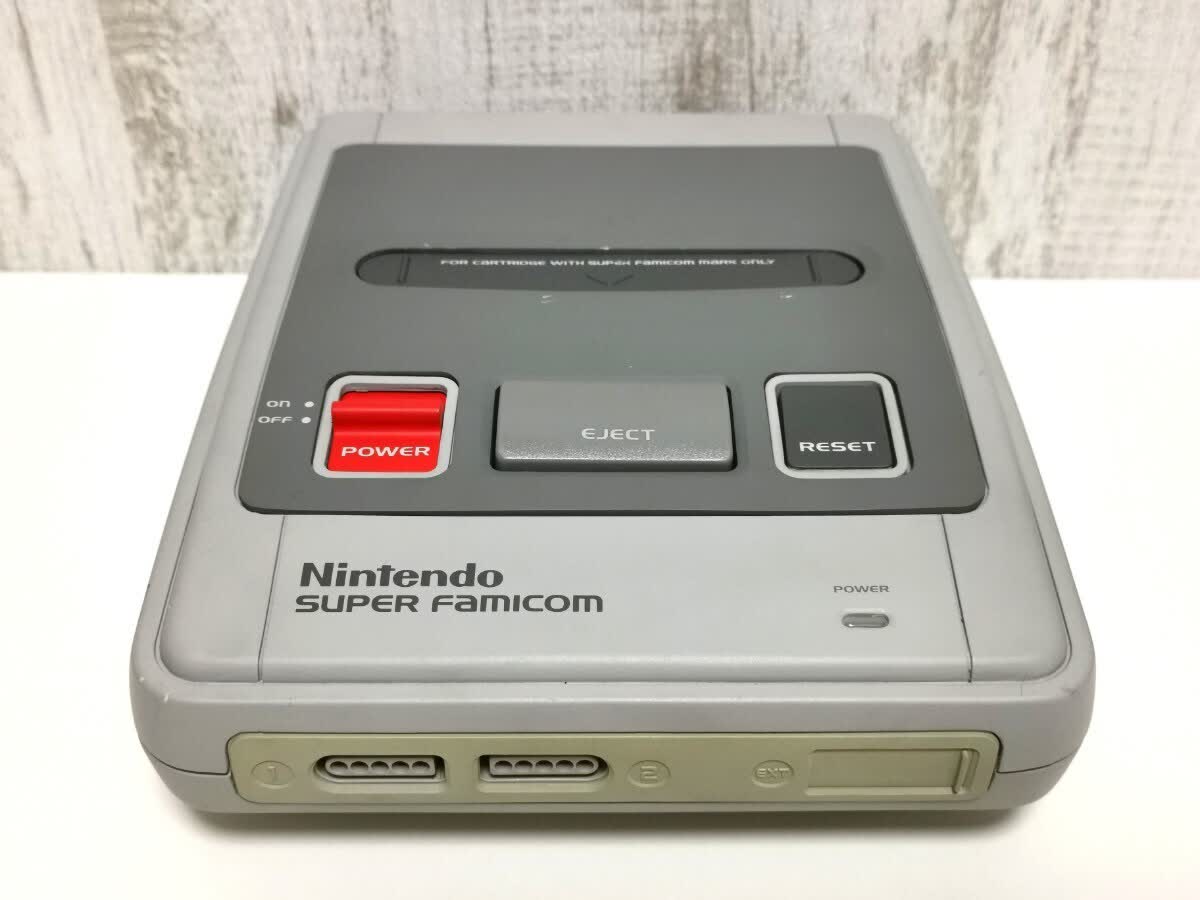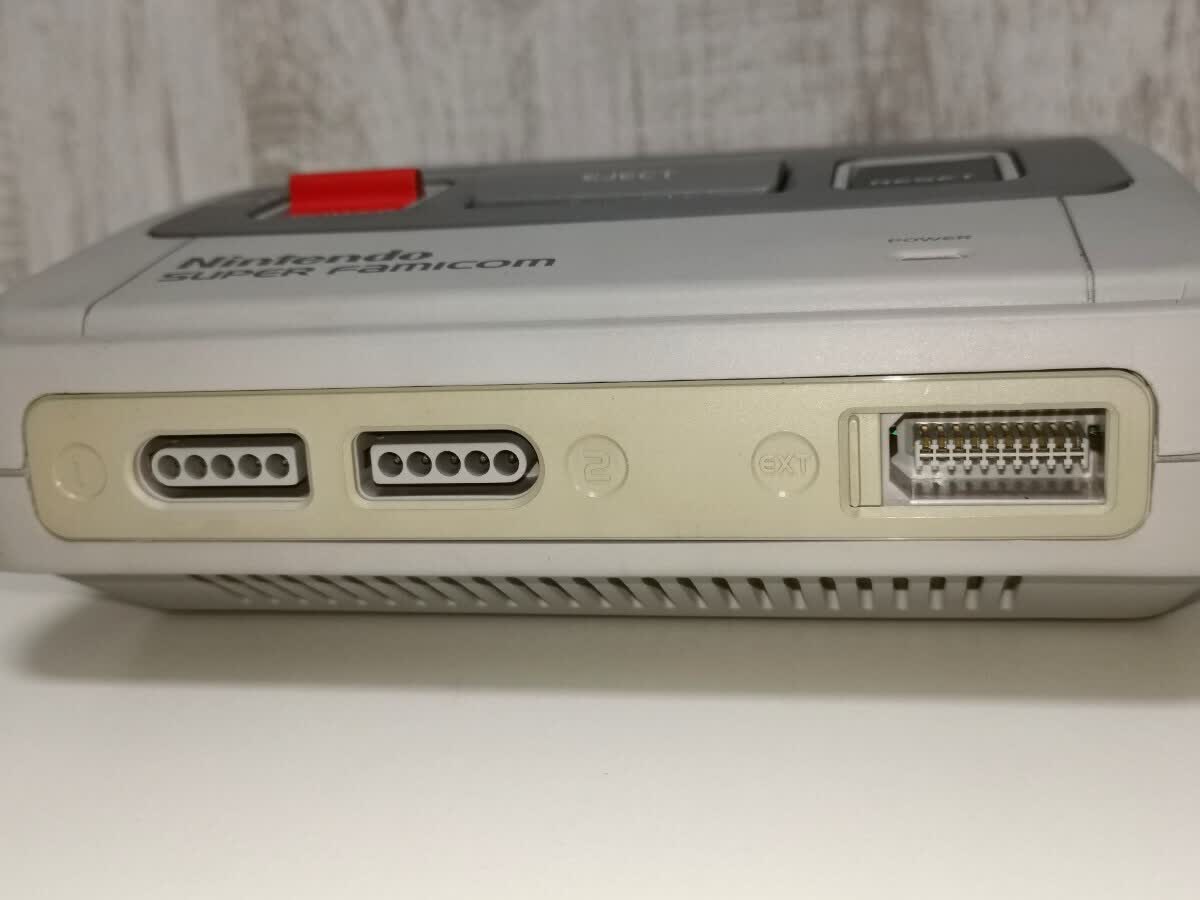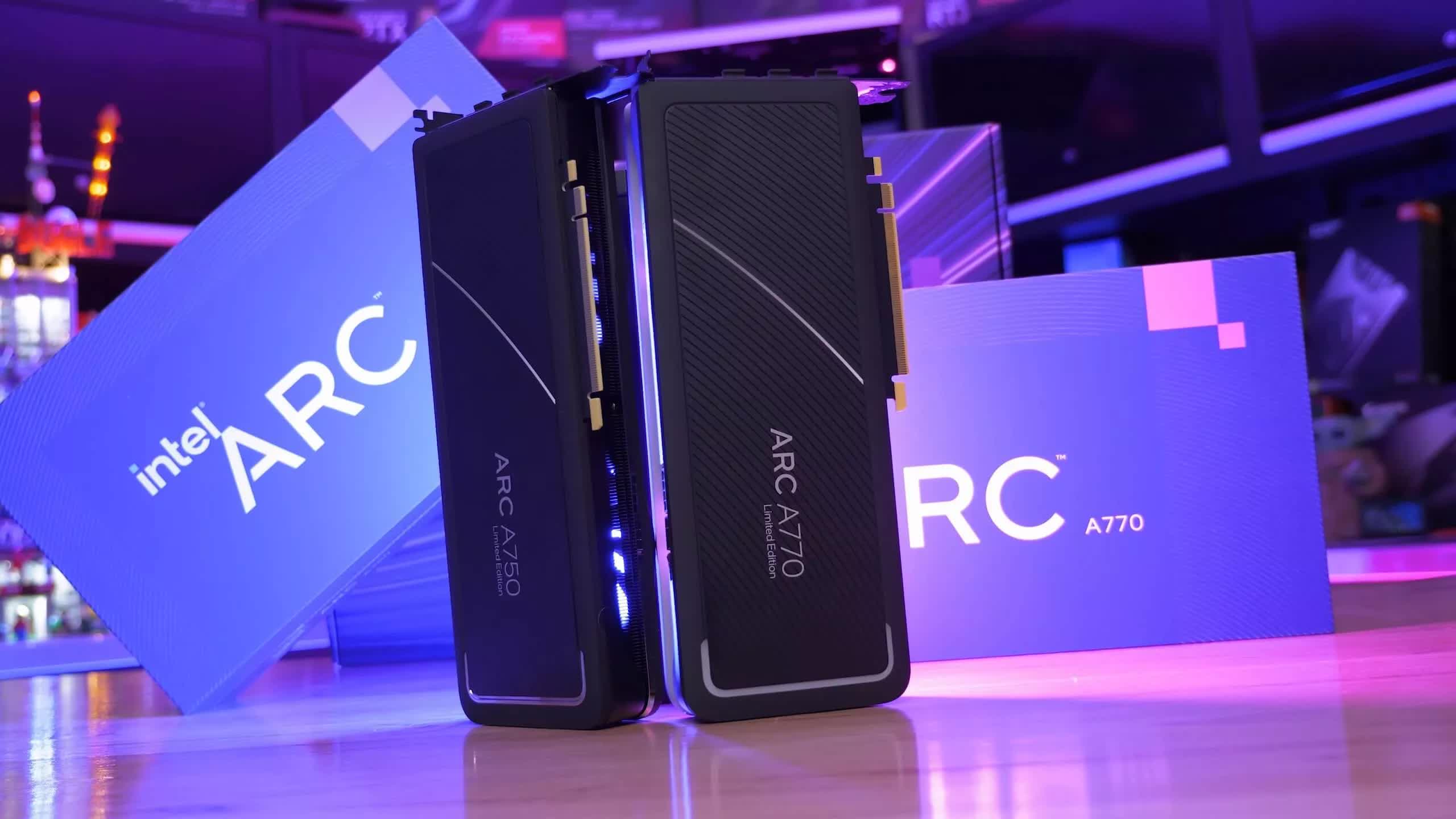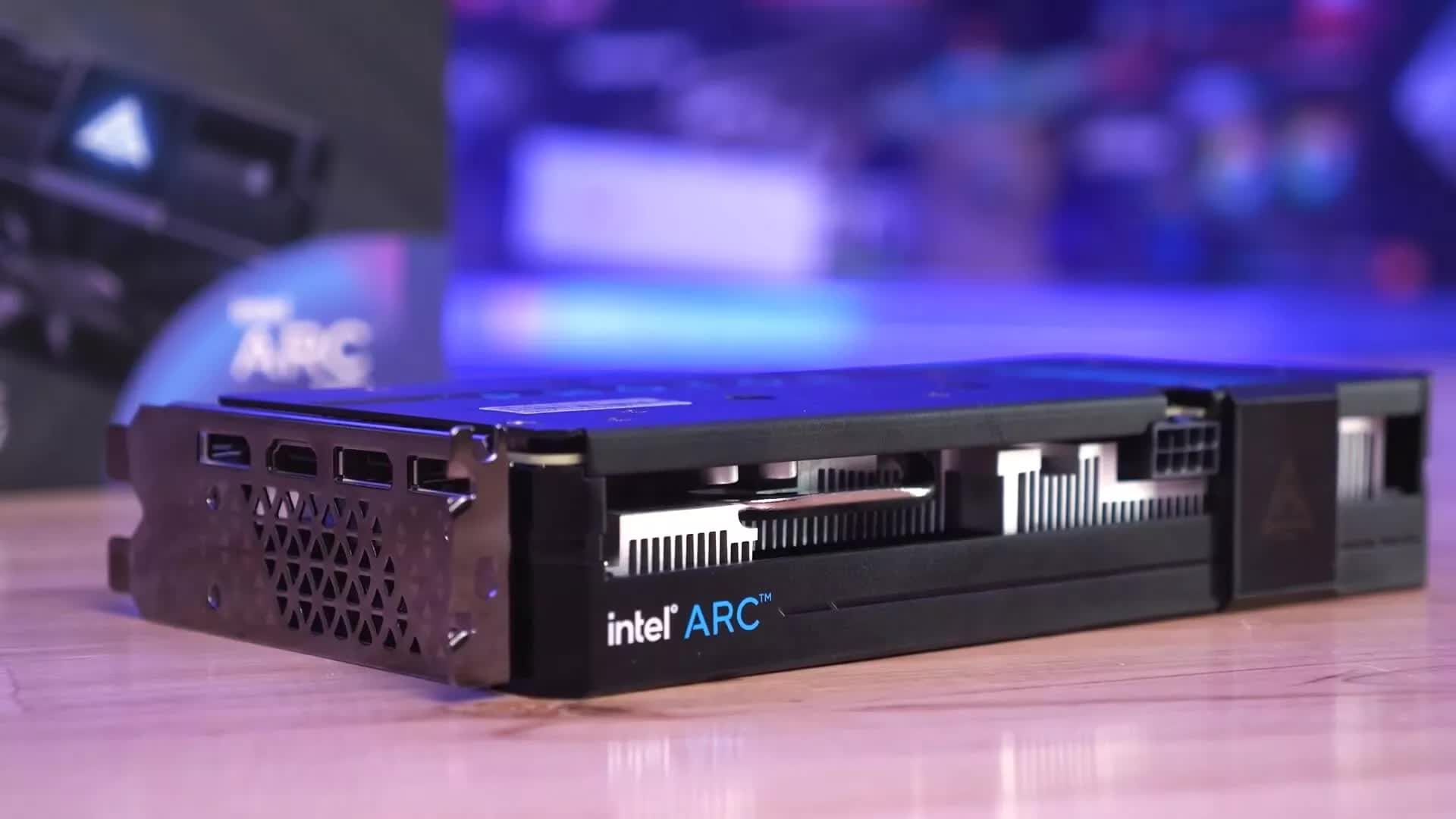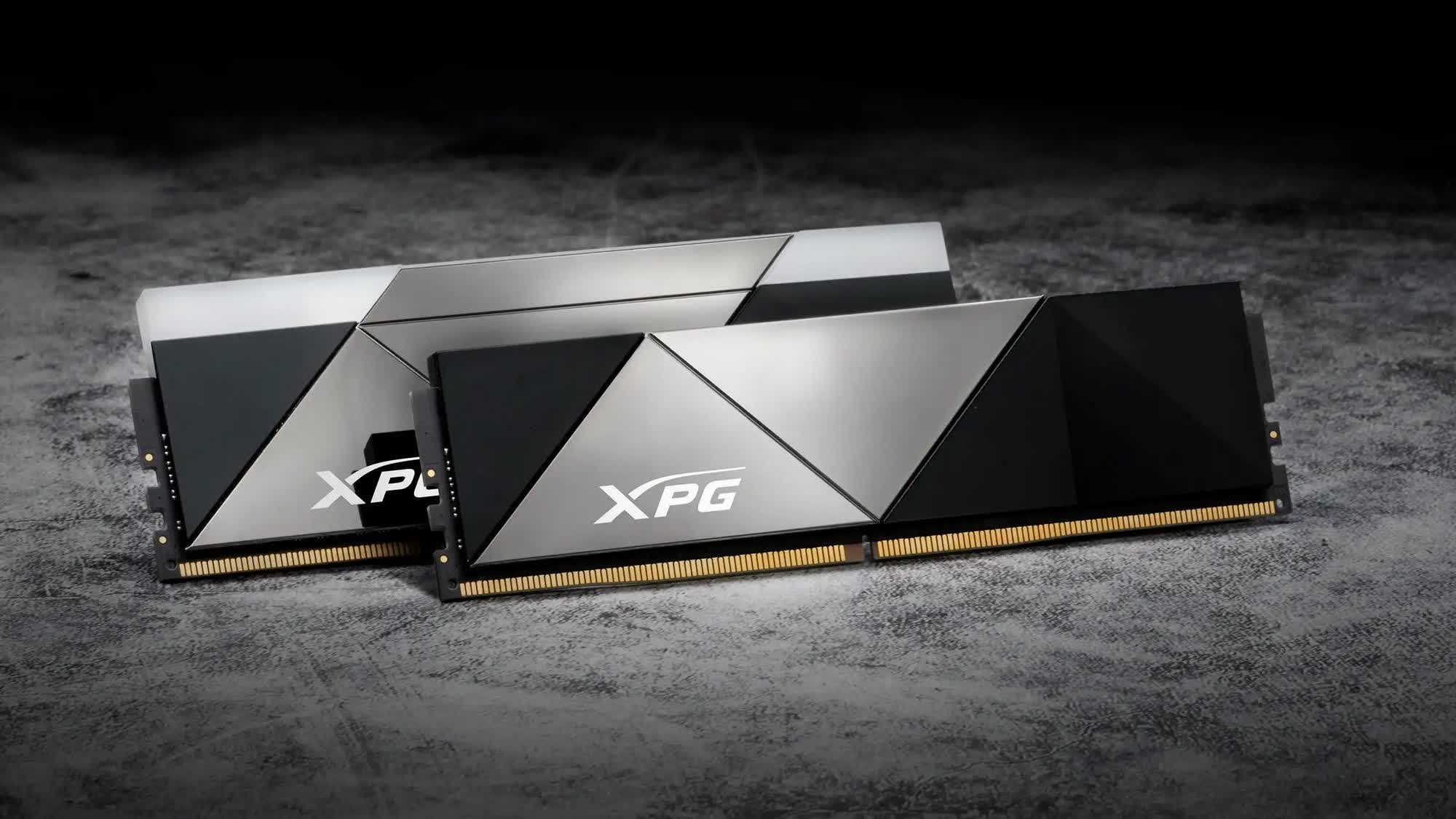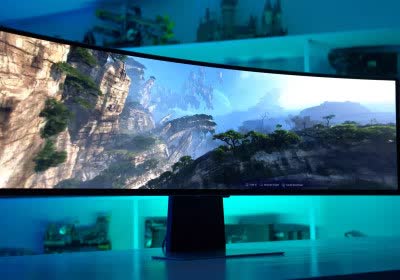Windows 11 to receive default BitLocker encryption, new RAM speed metrics in Task Manager
In a nutshell: The next major upgrade to Windows 11 will introduce several changes to the not-so-popular operating system. One key update is Microsoft enhancing the security of users' on-device data by enabling BitLocker by default, even without explicit authorization from those users.

The Windows 11 2024 (24H2) Update is on its way, and it will seemingly try to enable BitLocker disk encryption by default during installation. According to rumors shared by Deskmodder, the reworked setup process included in Windows 11 24H2 could encrypt the system disk in the background, with no visible option to disable the procedure beforehand.
BitLocker is a full-volume encryption technology first introduced by Microsoft with Windows Vista, a system designed to transparently protect users' data and the operating system itself by locking a disk volume behind a password. The password can also be saved in the TPM 1.2 security chip, with no need to enter it during every single OS boot.
BitLocker encryption can significantly boost a PC's security, but it may also impact I/O performance while reading and writing files on the encrypted volume. The technology has traditionally been an optional feature for Enterprise and Pro editions of Windows, but Windows 11 24H2 will apparently impose the full-volume encryption even to users of Windows editions like Windows Home.
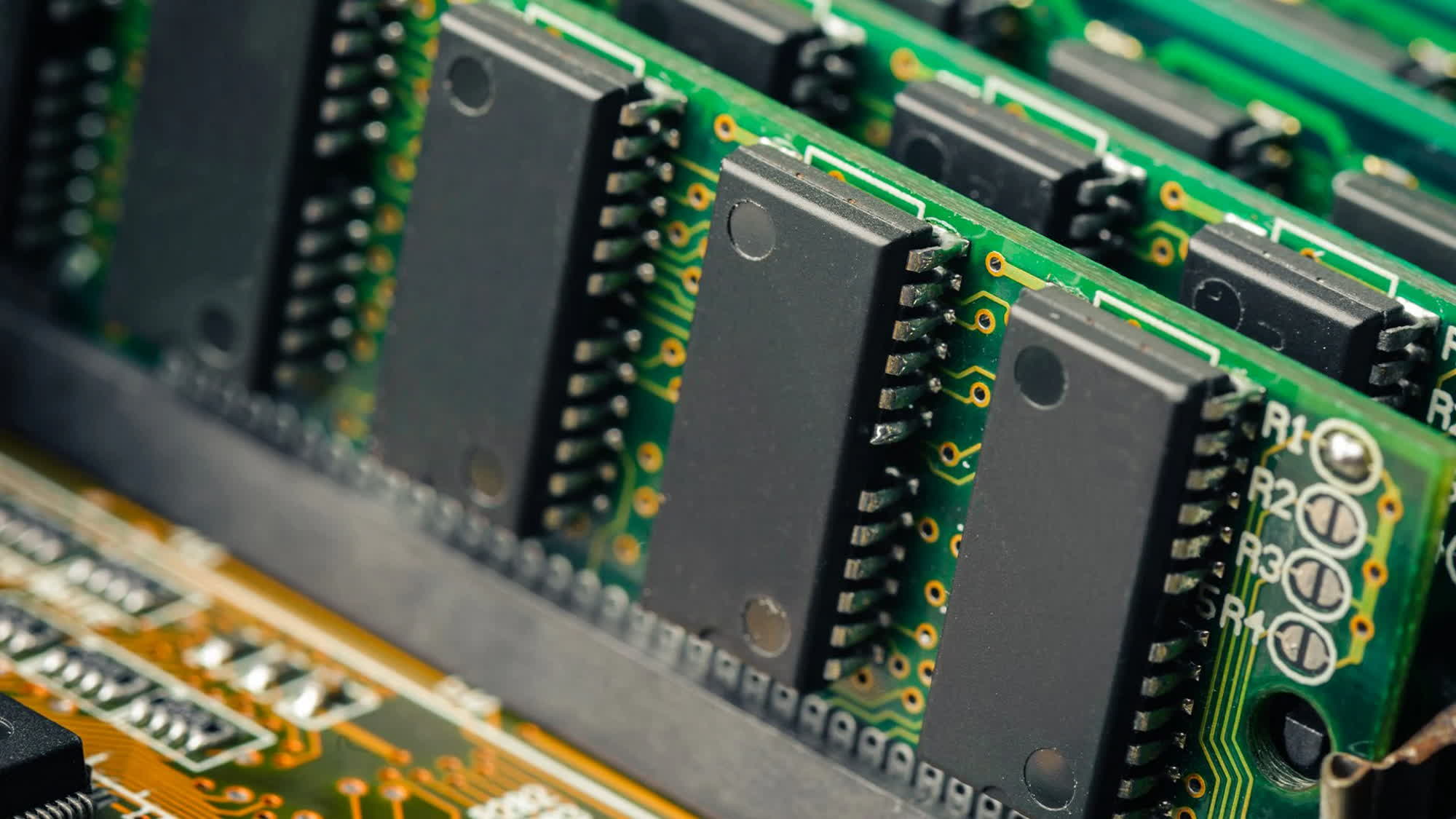
Given that Microsoft often experiments with new features within Insider builds of Windows 11, default BitLocker encryption might be absent from the final build of Windows 11 24H2. Full-volume encryption would be easy enough to disable, anyway, as there are specific Windows settings for that.
Another, officially announced change planned for 24H2 should prove to be much less controversial to a wider userbase. As announced by Microsoft a few days ago, the Windows 11 Insider Preview Build 22635.3570 (Beta channel) includes an updated Task Manager with new metrics to show RAM performance.
The new Task Manager will replace the old MHz value with the more recent Mega Transfers per second (MT/s), which should be closer to how modern DDR RAM actually works. Back in the SDRAM days, memory chips would make just one data transfer per cycle. With Double Data Rate SDRAM, however, memory chips can perform two transfers per cycle.
Modern DDR5 RAM modules can be advertised as running at 6000 MHz, while the actual clock is 3000 MHz. A correct way to measure performance would then be 6000 MT/s. RAM manufacturers are still using larger MHz values to avoid user confusion, but Windows 11 24H2 should at least depict a clearer picture of how RAM memory is actually behaving.
